Car Paint Protection De-Fuddled

There seems to be some confusion about different kinds of paint protection, in this article we'll give you an overview of all of them.
...and a few that aren't.
Car Paint Protection Types
There is a wide range of products which can be called "Car Paint Protection", and what the guys in the marketing department say they are isn't always exactly what they really are. Here's a breakdown of our classifications.
Short Life Coatings
These are generally coating which you will apply yourself, they are usually fairly easy to apply, but generally don't last more than 6-months, depending on the weather. The sun will burn them off and soaps will wash them off. While all coatings are a sacrificial layer, some are more expendable than others.
Wax
This is pretty much the same stuff your Grandfather would have put on his car on a Sunday afternoon. Little has really changed, and it will be a blend of oils, hard and soft waxes. It may well come in a tub, or it may come as a liquid in a bottle. As with most things in life, there is a trade-off and as a general rule of thumb, the harder it is to apply, the better the finish will be. If it is wet-look and slick, it's because it contains more oils, so it won't last as long because they will evaporate.
You can get an amazing finish with old-fashioned waxes, but the drawback is that they can be hard to use and might not last so long. The other thing to look out for is over-priced snake oil products. Regardless of what the manufacturer says they put in it, no matter how pure, rare or esoteric the ingredients, a wax is a wax.
The well known named brands make good waxes at reasonable prices. Some people insist you get the warmest deep finish with a carnauba wax which is why we use them.
Synthetic waxes and sealants
These are pretty much the same as waxes, only after the lawyers and marketing departments have got hold of the product.
While some waxes are marketed (and priced) as pure and natural ingredients, others are synthetic, and there might have been some legal battles at some point in history, where the former sued the latter over false advertising and the word "wax".
This is all water under the bridge now and largely lost to the mists of time, but the upshot was that while one group was marketed as natural, wholesome and traditional, Synthetic waxes and sealants were marketed as modern and high-tech.
And there can be some differences between them, synthetic waxes are more likely to have additional features such as the ability to hide micro scratches with fillers and diffusers. They may well contain polymers to give extra protection, or chemicals to provide greater hydrophobicity.
Glaze
A glaze is not really a word or product often seen in the UK, at least not in the industry. The International Detailing Association (which is in the US) lists it in their glossary as a bodyshop safe polish that doesn't contain wax or silicone. However, we have seen synthetic sealants called a "glaze".
Hybrid Waxes
These are a combination of natural waxes and synthetic products. But at this stage of the game, it's likely most are a combination, and we think most of this is all marketing hype.
That doesn't mean any of the above products are bad, far from it. The car care companies have been making these products for a very long time now, and they have got it down to a fine art, as well as a science. If you want the very best finish, there are products of all classes that fill that niche. If you want something that hides scratches on a dark car, they have you covered. If you want something which is really quick and easy to use, they have that too.
They prevent oxidization, give UV protection, they repel water and help keep your car clean and free of grime and road salts. What they don't do is offer great protection in harsh conditions, and they don't last more than months.
Wash-on Waxes
An honourable mention needs to go to a specific class of waxes which you either put into your bucket of water when you wash your car, or spray on and wipe off while the car is still wet.
These are hardly a new thing, and many of us oldies will remember sachets of Turtle Wax in big baskets at the petrol station, back in the days when you could buy a gallon for under a nicker. But these products have come on such a long way.
They always looked good, but the problem was they didn't last very long. But now they last a decent amount of time and give a superb finish.
Professional Synthetic Sealants
These came about in the late 1980s from Lacroe and once applied formed a plastic coating on your car. They were widely sold through the 1990s and 2000s, with Supagard and Diamondbrite being the top brands in the UK.
Acrylic Sealants
These were the original coatings, which required a two stage application. They have enhanced protection against UV radiation, oxidization and even seemed to toughen your paintwork, to some extent reducing stone chips and etching from birds mess. Best of all, they lasted years with no re-application.
They do not, however, contain any fillers or diffusers to hide scratches. Whatever the condition of your car when applied, these products sealed it in, meaning it required professional application to prepare the car. It was also the case that there was some skill in the application, as the product was permanent and there was the possibility for things to go wrong. When properly applied, these were superb products that did the job of making the car look fantastic for years past the guarantee, with just minimal maintenance.
Polymer Sealants
These products are essentially the same as above, except using polymer, the application might be somewhat different, but the finished result was similar. Polymer can be somewhat more elastic than acrylic, making it more durable, more chemical resistant, and application easier.
There were some that might say that the finish of polymer coatings didn't have the depth or clarity of acrylic coatings or waxes, but if that were ever the case, it certainly isn't true now as we still use polymer sealants, and they look amazing.
Ceramic Car Paint Protection
In recent years, acrylic and polymer sealants have made way for ceramic-type coatings. They do exactly what you might imagine, they crystallize so that the molecules form a very thin coating of glass-like sheet on the surface of your paintwork.
Ceramic Coatings
Now that the secret of how to make them has been cracked, there are a wide range of manufacturers making ceramic coatings. They do vary in quality, the biggest difference for us is how easy they are to apply, and there is some correlation between ease of use and how long they last. There are subtle differences between them, but essentially, most make Silica Dioxide form covalent bonds on your paintwork.
It's thin, just molecules thick. It's thin enough to be somewhat flexible, but you will notice the difference, a microscopic layer of clear ceramic over your paintwork which is highly resistant to oxidization and chemical corrosion, plus toughening your paint, making it harder to pick up scratches from washing. And you'll be washing it less often because the dirt has little to stick to.
Diamond Coatings
Diamond coatings are essentially the same as ceramic coatings, except they contain synthetically made nano-diamond rods. The important part here is actually their shape. These little diamond noodles act much like the glass fibre in fibreglass, adding extra strength by forming a lattice.
Graphene Coatings
If you thought that diamond was the toughest substance known to man, then you must be as old as I am. A newly discovered way to process graphene gives us a maternal which is even stronger. The idea is pretty much the same as with ceramic coatings, except it uses tiny, tiny, graphene sheets which lock together once cured.
If you would like to know more, we have a whole article about ceramic coatings.
Wrapping and Chip Guard Panels
These products are not really in the same class as the others, but they do protect your paintwork, so we are including them here. In fact, it's the reason for this article because there seems to be some confusion between ceramic coatings and coating your car with self-adhesive stickers!
Chip Guard Panels
These panels have been around for years because... you want your sports car to have that nice shape with the flared arches, even if they are going to get hit by every stone flicked up by the front wheels.
From the factory, many cars come with certain areas which are prone to chips and scratches, covered with a thick, soft vinyl which is spongy enough to absorb the impact of highway projectiles without allowing the paintwork underneath to get damaged. They have become more common over the years and can now be found around the rear tailgates of cars to prevent you scraping up the paintwork when loading in the shelving and the mirror your wife insisted you get from Ikea.
The good news is, and we think it's good news, is that there are companies who will put this stuff wherever you want it. You can have the whole front end covered if you like, or maybe your whole bonnet, whole car, you can even do the lights and windows.
Admittedly, if you get close, you can see the edges, but step back, and it's all but invisible. It is nice and shiny, can polish up okay if it gets damaged, and it generally a good idea. Go see for yourself, you'll be amazed.
Car Wrapping
In a similar vein, you can have your entire car wrapped in plastic. This was originally done for advertising, and many of you will remember the London Taxi Cabs covered in printed plastic adverts from years back. You can still have printed plastic wrap if you want your car covered in flowers or camouflage, but mainly it's done with solid colours now. Often these are matt or satin finish, so if you want your black BMW to be matt wine red or lime green, there's little they can't do.
It does offer some protection, but that's really not what it's for in most cases. The plastic sheet is very thin to be able to get around every detail of the car, so it's not nearly as resilient as the afore mentioned chip guards. It will also last longer than wax... at least in protecting the paint underneath. Protecting the plastic wrapping is another story. But you will be glad to know that you can put ceramic coatings over the top of both these kinds of plastic coatings. We even do a special ceramic coating for matt finishes.
Car Bras
These are vinyl bags that hook over the front of your car, like a bra. Originally, they were made for off-road vehicles because they can block off the grill in cold weather, prevent mud and water getting too high in your engine compartment when fording deep water, and they also stop stone chips. It's all fairly sensible when you think about it.
Somehow, they have become somewhat fashionable on normal road cars, marketed as a way to prevent stone chips. Of course, it is a matter of taste and some might argue that they prefer the stone chips.
They are now available in a range of fashionable colours, and you can even get matching panties for your car. Yes, I wish I were kidding.
These are not Car Paint Protection!
Let's finish these up by attempting to remove confusion about a few things that are not car paint protection.
Polish
In the true definition of the word, a polish does absolutely nothing to protect your car's paintwork. It is an abrasive compound that will remove an oxidized upper layer of paint. The most famous of them is T-Cut, which is still available, it is still good stuff, although of limited use in the age of clear coat (see below), and we still get asked for it. But it is sold as a "colour restorer". It doesn't make any claims about providing protection to your paintwork, and it won't.
On the other hand, since when did marketing departments look up the definition of a word before naming something?
To be fair, some of the hybrid products we mentioned earlier also have a little cut and abrasion in them so that you can polish as you wax... or wax as you polish. A great example of this is AutoGlym's Super Resin Polish which also contains fillers, although, AutoGlym do recommend applying a wax over the top.
So, a polish will not protect your car, unless it does. We can only recommend you read the label and make sure you know what you are getting.
Clear Coat
Clear coat isn't protection for paint... it is the paint!
Years ago, car manufacturers would coat a car in a very thick layer of glossy paint and that would be the end of it. Unless you wanted a metallic colour, then they would put on a thinner coat of paint and coat it in lacquer. This is why you used to pay extra for metallic paint, and why you used to see red and yellow cars that were faded.
The manufacturers cured this problem, and cut costs by coating your car with a very thin layer of matt paint, (which covers well because it's matt) and then applying a very thick layer of lacquer, which we call the "clear coat".
If you ask us to put a "glass coat" on your car, we assume you want a ceramic coating because ceramic coatings are like a coat of glass in terms of hardness. But some people seem confused that we can clear coat their car and that we spray it on, and that it's thick.
Car Covers
These protect cars in theory. In practice, the car covers get dirty, and as you slide it on or off your paintwork, they cause scratches. And while, as a rain cover, they can keep moisture out, they can also trap it in, giving you condensation and that fusky damp smell in your car. We have also known them to leech dye into the paintwork if they are left for a long time with damp patches underneath.
For most people, they are more trouble than they are worth.

by Danny Argent
technical writer and customer education.
Related Blogs
Here are some more of our latest #CeramicCoatings blogs
New Again Now Accredited to Apply Fireball Ceramic Coatings
We are proud to announce that after many years of applying Fireball ceramic coatings with the blessing of Fireball Korea, we are now officially accredited to apply their entire range of professional coatings in the UK!
Read ArticleWhat are the drawbacks of a ceramic coating on a car?
There are many benefits of ceramic coatings, but what are disadvantages of ceramic coating?
Read ArticleHow long do ceramic coatings REALLY last?
Ceramic coatings last between 3 and 10 years. At least that's what the Guarantee says. Do they really last that long, or do they last even longer?
Read ArticleEffortless Car Care: The Easy Maintenance Benefits of Ceramic Coating
The biggest benefit of ceramic coating is that it makes car maintenance much easier. So much easier that it has revolutionized car care.
Read ArticleDoes Ceramic Coating protect against UV radiation?
Ultra-violet radiation continually beats down on your car, ceramic coating is touted as a solution, but do they offer any real protection?
Read ArticleShould you detail a new car?
Does it even make any sense to detail a new car that is fresh out of the showroom? You might be surprised by the answer.
Read ArticleCan you ceramic coat windscreens?
Yes you can! Some people love it and ask us to do it. But other's hate it, and that's why we don't do it as standard when we ceramic coat glass.
Read ArticleHow much should a ceramic coating cost?
Typically, somewhere between £400 on a small new car, and £2000 on an older large vehicle. There are several questions that need to be answered before nailing this down.
Read ArticleIs a Ceramic Coating Worth it?
Ceramic coatings are expensive, there's no getting away from that. So the question has to be asked, are they worth the money?
Read ArticleWhy are ceramic coatings so expensive?
Is it because they are magical, high-tech potions, made with unicorn ingredients and created by highly paid boffins in long-drawn-out chemical processes?
Read ArticleCeramic Coatings: The Definitive Guide
Ceramic coating is the latest and best thing, but it can cause confusion. In this guide, we answer questions and misconceptions about ceramic sealants.
Read ArticleWhy do people love shiny cars?
Why do we love shiny cars? Having been in thousands and thousands of shiny cars over the years, I think I can finally put this thing to rest.
Read ArticleReasons why you should use paint protection
We are a business that specialises in pre-lease car return inspections. When people give their lease cars back, there are often charges for damage.
Read Article
Can We Help You?
"We can offer specialist advice on the best car service to suit your requirements"
When bringing your car to New Again, we often ask you to explain exactly the reason for having your car Protected, Valeted or Repaired. Once we understand exactly what it is you are trying to achieve, we will appraise your vehicle using our detailed appraisal check-sheet allowing us to identify areas of concern and tailor specific services that match your requirements and budget.
If you are not sure what service you need and would like to speak to one of our technicians, simply request a callback by filling in the form on our contact page.
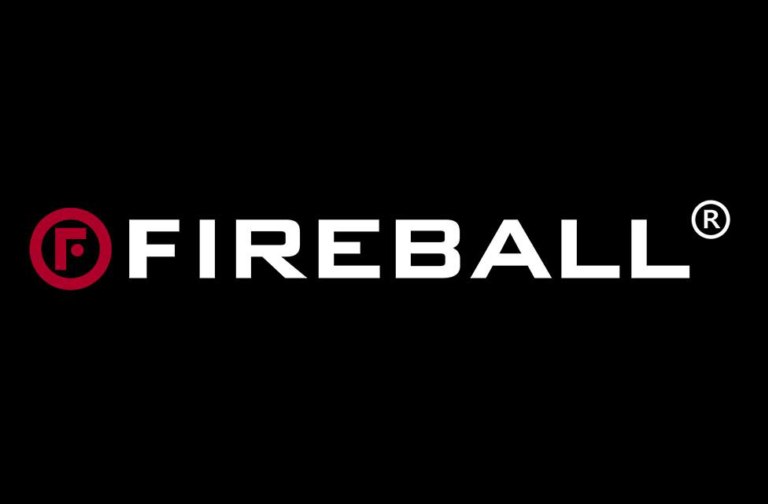

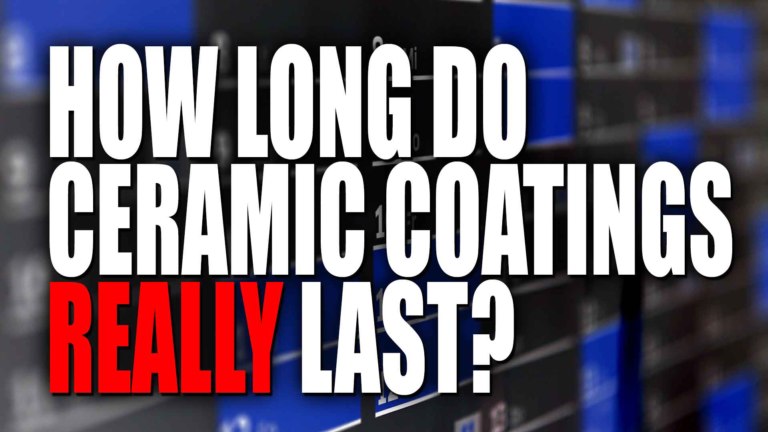
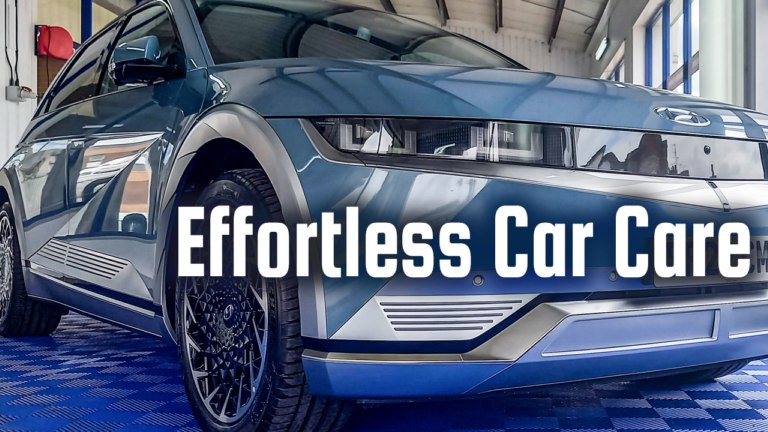
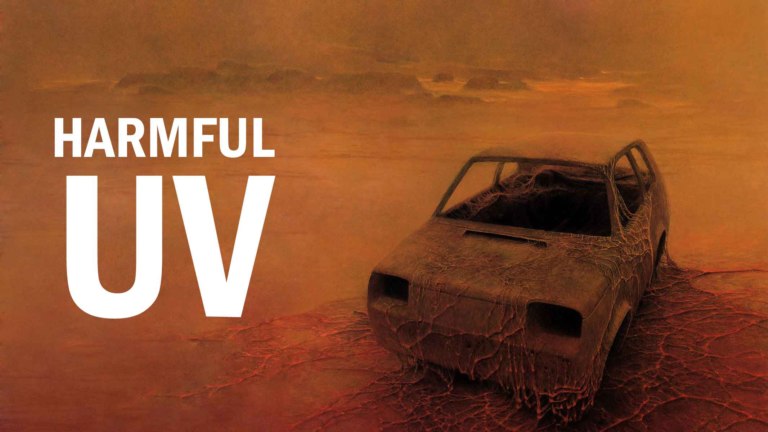
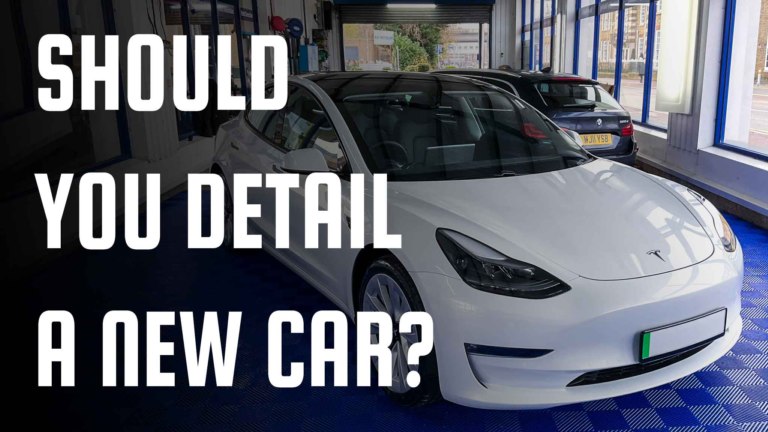
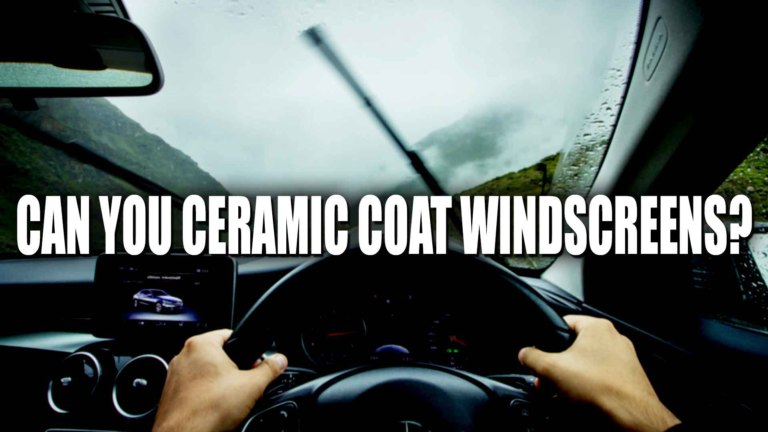
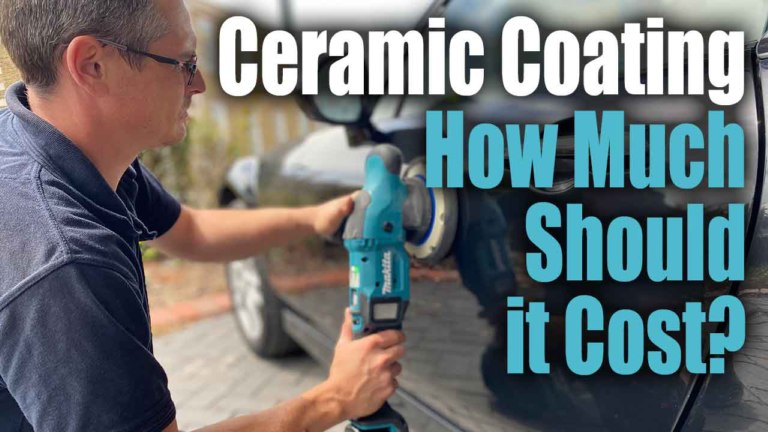
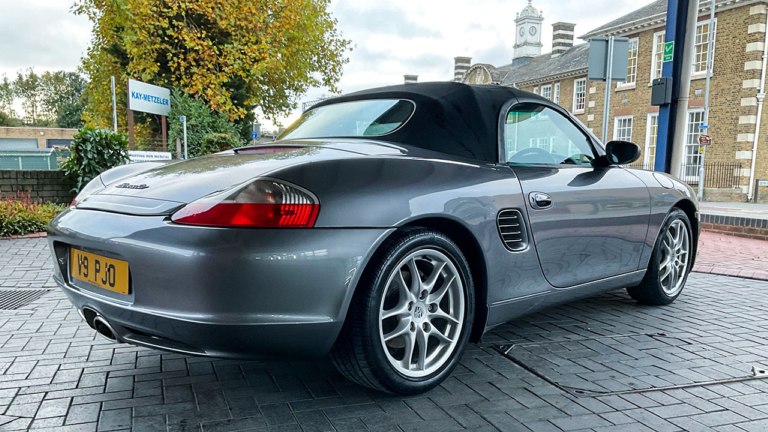
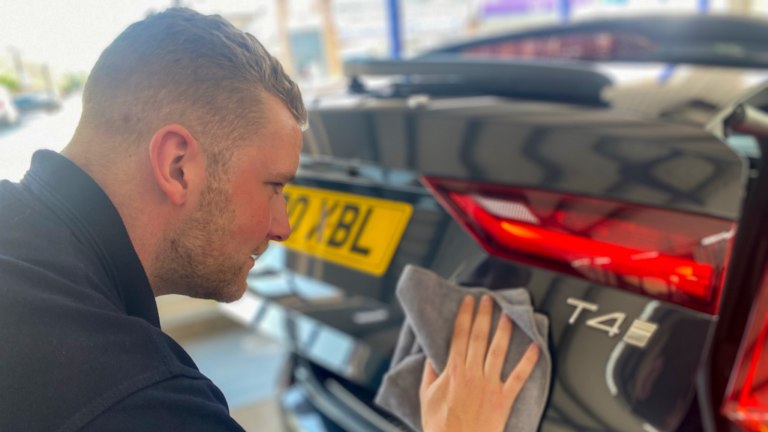
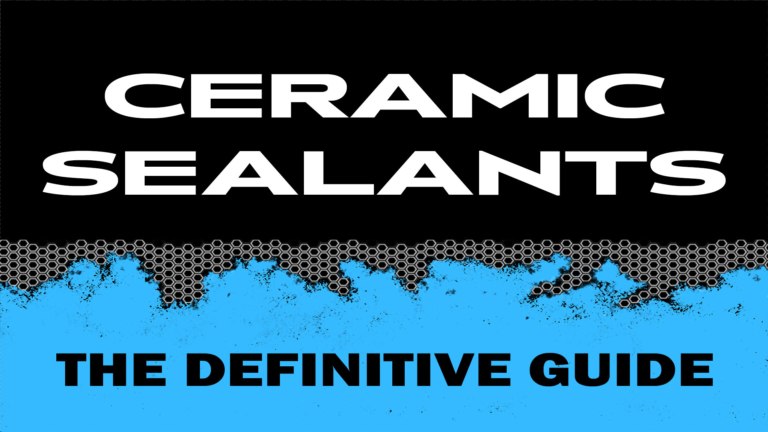
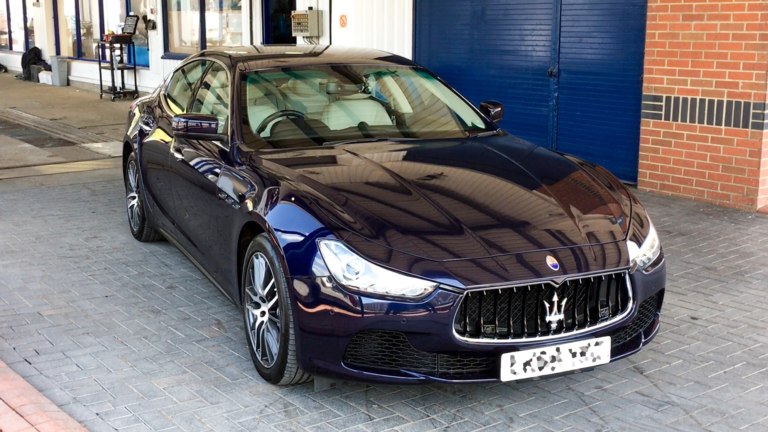
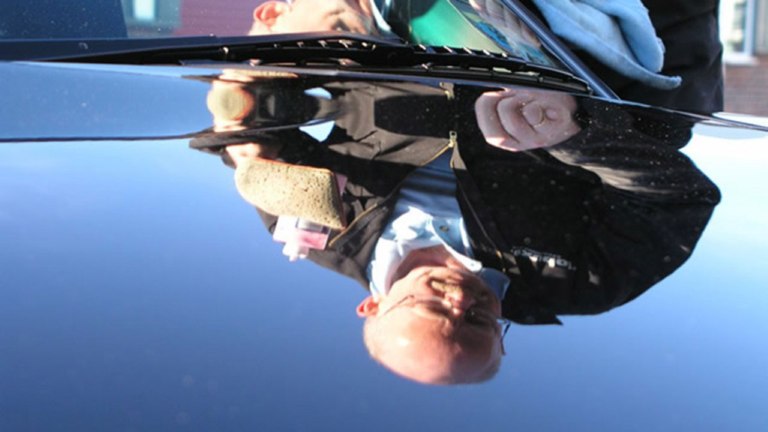
Share this blog